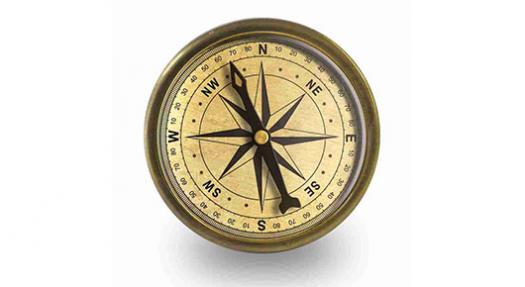I recently read Jordan Ellenberg’s wonderful book, How Not To Be Wrong: The Power of Mathematical Thinking (Penguin Books, 2014). I found the book to be enlightening and a great read. Ellenberg has the rare combination of being knowledgeable and capable of teaching in a humorous and engaging way. One of the gems in the book is, “Which way you should go depends on where you are.”
|
ADVERTISEMENT |
This lesson is about the dangers of misapplying linearity. When we are thinking in terms of abstract concepts, the path from point A to point B may appear to be linear. After all, the shortest path between two points is a straight line. This type of thinking is linear thinking.
To illustrate this, let’s take the example of poor quality issues on the line. The first instinct to improve quality is to increase inspection. In this case, point A = poor quality, and point B = higher quality. If we plot this incorrect relationship between quality and inspection, we might assume it is a linear relationship—i.e., increasing inspection results in better quality.
…

Add new comment